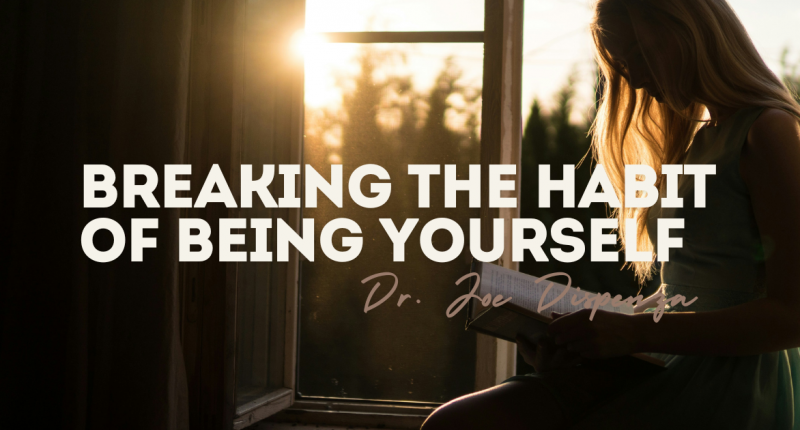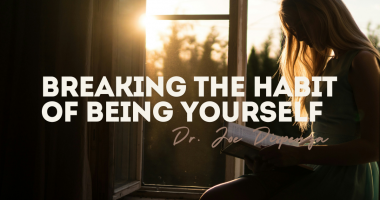Have you ever set a goal, only to give up a few days later? Maybe you told yourself, This time, I’m going to eat healthier, I’m going to learn something new or I’m going to stop procrastinating. But then, life got in the way, and before you knew it, you were back to your old habits. Sound familiar?
I’ve been there too. And for the longest time, I couldn’t figure out why I kept falling back into the same patterns—no matter how much I wanted to change. That’s why Chapter 3 of Breaking the Habit of Being Yourself was such a lightbulb moment for me. Dr. Joe Dispenza explains that lasting change isn’t just about willpower—it’s about aligning your three brains.
Meet Your Three Brains
Here’s the thing: your brain isn’t just one thing. It’s actually three parts working together (or sometimes against each other):
- The Thinking Brain (Neocortex): This is the part of your brain that’s responsible for logic, reasoning, and creativity. It’s where your goals and intentions come from.
- The Feeling Brain (Limbic System): This is the emotional center of your brain. It processes emotions and memories, and it’s what makes you feel things.
- The Acting Brain (Cerebellum and Brainstem): This is the part of your brain that controls movement and automatic functions. It’s what turns your thoughts and emotions into actions.
For me, understanding this was a game-changer. I realized that when I set a goal, I was only using my thinking brain. But if my feeling brain and acting brain weren’t on board, I was doomed to fail.
Why Alignment Matters
Dr. Dispenza explains that to create lasting change, your three brains need to be aligned. In other words, your thoughts, emotions, and actions need to be working together. If they’re out of sync, you’ll struggle to break old habits.
For example, let’s say you want to start exercising regularly. Your thinking brain says, I should work out. But your feeling brain is stuck in emotions like laziness or resistance, and your acting brain keeps defaulting to old behaviors (like sitting on the couch). The result? You don’t exercise.
I realized this was happening in my own life. I’d set goals, but my emotions and actions weren’t aligned with my intentions. No wonder I kept falling short.
How to Align Your Three Brains
So, how do you get your three brains on the same page? Here’s what I’ve learned:
- Start with Your Thinking Brain: Set a clear intention. What do you want to change? Why is it important to you?
- Engage Your Feeling Brain: Connect your intention to a positive emotion. How will it feel to achieve your goal? Visualize it. Feel it.
- Activate Your Acting Brain: Take action—even if it’s small. The more you practice a new behavior, the more automatic it becomes.
For me, this meant creating a morning routine. My thinking brain set the intention: I want to start my day with focus and positivity. My feeling brain connected to the emotion: I feel calm and energized when I meditate and journal. And my acting brain turned it into action: I’m going to meditate for 5 minutes every morning.
The Power of Practice
Here’s the thing: change doesn’t happen overnight. It takes consistent practice to rewire your brain and create new habits. But the more you align your three brains, the easier it gets.
I’ll be honest—it wasn’t easy at first. There were days when I didn’t feel like meditating or learning a new skill. But I kept at it, and over time, it became a habit. Now, it’s just something I do—like brushing my teeth.
Final Thoughts
Chapter 3 reminded me that lasting change isn’t just about willpower—it’s about alignment. When your thoughts, emotions, and actions are working together, you can create anything you want. But if they’re out of sync, you’ll keep struggling.
If you’re feeling stuck, take a moment to check in with your three brains. Are they aligned? If not, what can you do to bring them into harmony? Remember, you’re not just a thinker—you’re a feeler and a doer. And when all three parts of you are on the same page, there’s nothing you can’t achieve.


